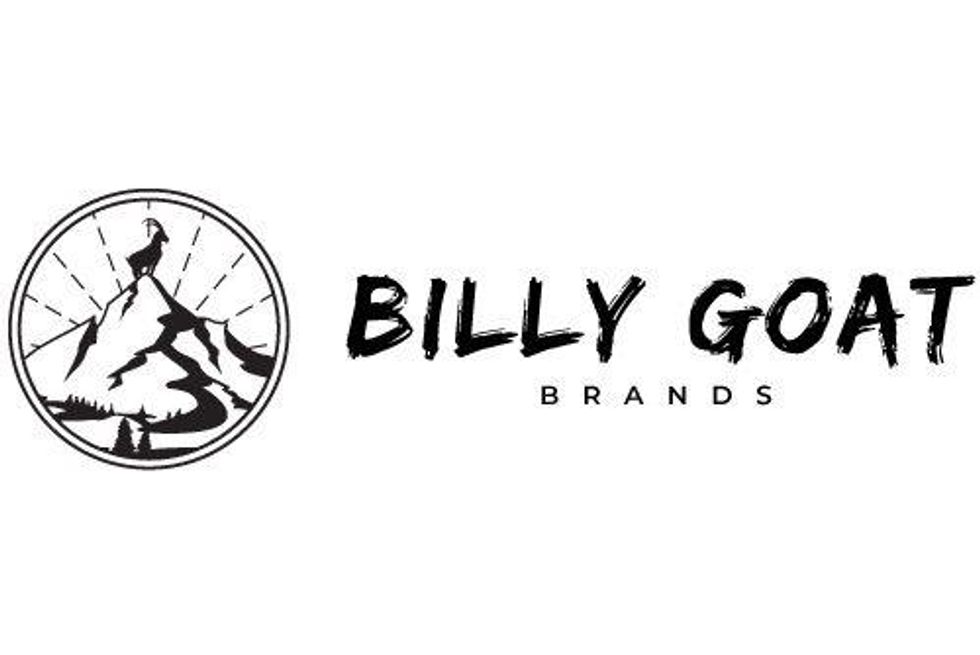Orphan diseases affect a very small amount of the population, but that doesn’t mean they can’t be profitable investment opportunities.
An orphan disease is generally defined as a rare disease that impacts only a small percentage of the population. In the United States, that means diseases that affect approximately 1 in 1,500 people; similarly, the European Commission on Public Health describes rare diseases as impacting fewer than 1 in 2,000 people.
Some definitions place conditions that are not rare, but tend to be neglected by the pharmaceutical industry, under the orphan disease umbrella.
Orphan diseases are often genetic in nature, and many appear early in life. In fact, about 30 percent of children with a rare disease die before the age of five. Governments across the world have instituted efforts to encourage research on possible treatments and cures for such diseases.
Research, development and investment
Historically, research and development for orphan disease treatments has largely taken place in university and government settings as pharmaceutical companies doubted they could make a profit. However, a report recently completed by Thomson Reuters indicates that there are indeed opportunities for such companies. In fact, the firm found drugs aimed at orphan diseases may even be more profitable than drugs for non-orphan diseases.
A few benefits for pharmaceutical companies working in orphan disease research include a longer period of time protected from generic competitors as well as generally faster clinical trial and regulatory approval times. Further, Casey Research notes that most pharmaceutical companies working with orphan drugs are willing to provide significant financial assistance for patients that cannot afford them.
Investment opportunities
Pharmaceutical companies of all sizes are now starting to see the potential in the orphan disease market. Below are four that have made significant progress or are concentrating solely on medicating and treating orphan diseases.
Global biopharmaceutical company Alexion Pharmaceuticals (NASDAQ:ALXN) is focused wholly on therapies for patients with severe and life-threatening rare diseases. In fact, the diseases it is concentrating on have no current treatment options.
The company’s first product is Soliris, or eculizumab, which is the world’s only approved terminal complement inhibitor. The drug is approved in almost 50 countries as a treatment for patients with paroxysmal nocturnal hemoglobinuria. Patients with this illness experience many troubling symptoms and are at risk for life-threatening thrombosis, or blood clots.
Soliris has been shown to improve quality of life and reduce the risk of thrombosis. The drug has also been approved in some countries as a treatment for atypical hemolytic uremic syndrome, a disease with a very poor prognosis. Soliris can prevent the need for invasive treatments, including dialysis, in these patients.
Shire (LSE:SHP) is a global company with many areas of focus, including neuroscience, rare diseases, gastrointestinal disorders and internal medicine. The company is perhaps best known for its product Adderall, which is meant for the treatment of Attention Deficit Disorder and Attention Deficit Hyperactivity Disorder.
The company’s rare disease efforts include the production of drugs for Hunter syndrome and Fabry disease, both of which are very rare and life-threatening conditions. Hunter syndrome causes progressive and permanent damage to appearance, organ function, cognition and physical ability, while Fabry disease also causes progressive damage and puts patients at risk for catastrophic events like kidney failure, heart attacks and strokes.
Shire’s medicine for Fabry patients is Replagal, while its Hunter syndrome medication is Elaprase. Furthering research and development is one of Shire’s strategic priorities.
BioMarin Pharmaceutical (NASDAQ:BMRN) has a strong portfolio of medications for rare diseases and focuses on many conditions. Those include lysosomal storage disorders, which are progressive and generally fatal, and for which very few measures are possible outside of palliative care.
The company currently provides treatments for Morquio A syndrome, Lambert Eaton Myasthenic syndrome and phenylketonuria. Its development pipeline includes drugs for genetically defined rare cancers, Pompe disease, achondroplasia, late-infantile neuronal ceroid lipofuscinosis and hemophilia.
Biomarin conducts research internationally and reached revenue levels of $548.5 million in 2013.
Jazz Pharmaceuticals (NASDAQ:JAZZ) identifies, develops and commercializes therapies for unmet medical needs. Currently, the company offers medications for narcolepsy, specific cancers, chronic pain, obsessive-compulsive disorder and schizophrenia and depression.
The company’s success comes in large part from its drug Xyrem, which is used for the treatment of narcolepsy. Through intelligently pricing the drug and developing others, Jazz went from serious financial trouble to very healthy profits, providing a five-year return of 15,693 percent for investors between 2009 and 2014, according to Casey Research.




